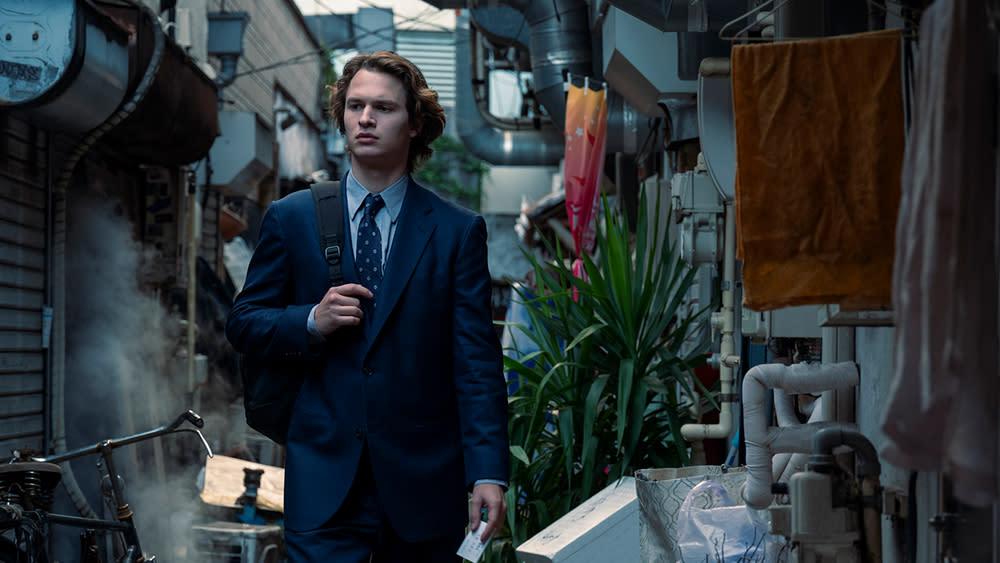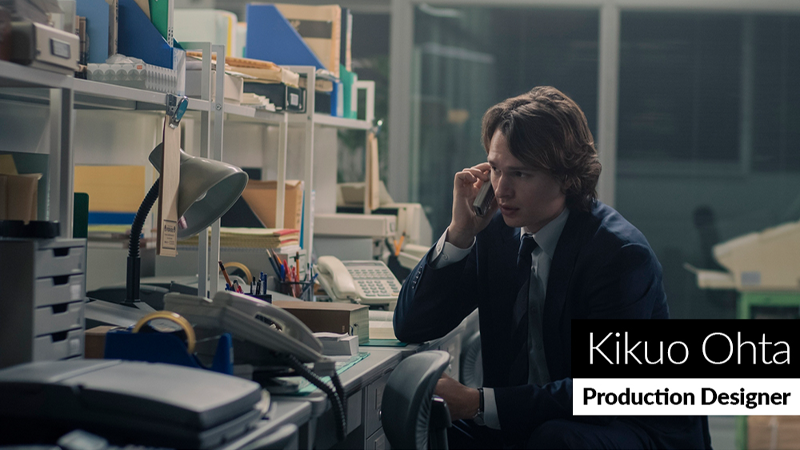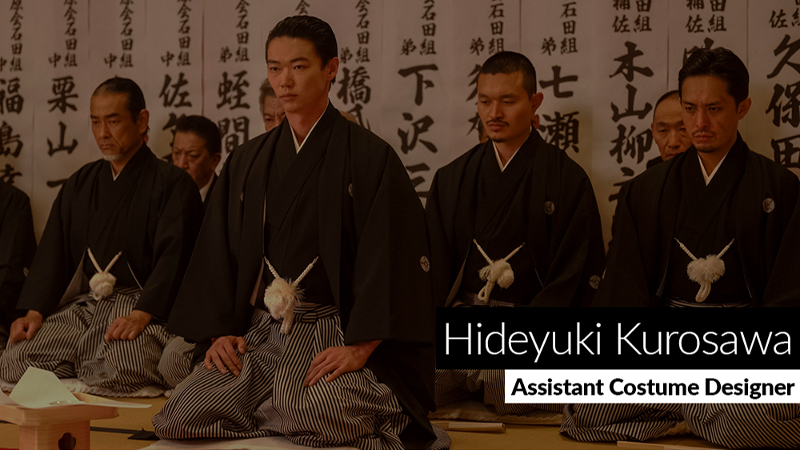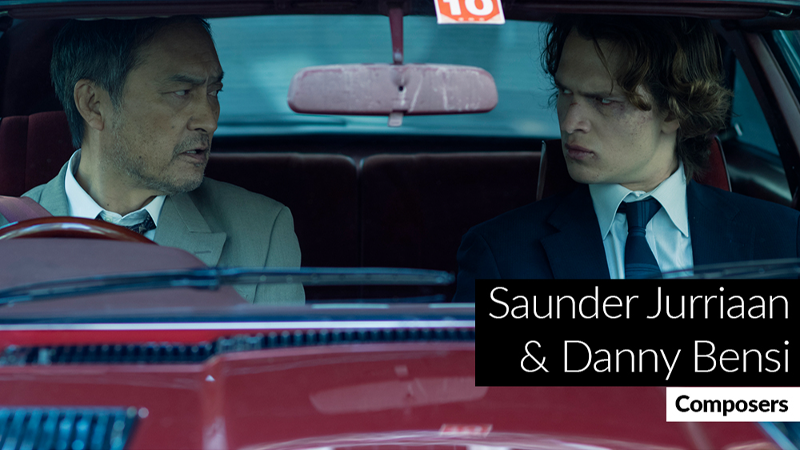‘Tokyo Vice’ Went Bigger in Season 2 — Including Its Depiction of the ’90s

The first season of Max’s “Tokyo Vice” introduced audiences to Jake Adelstein (Ansel Elgort), an American crime reporter working in Japan who gets a crash course in both local journalistic practices and the complicated relationship between the police and the yakuza. The filmmakers immersed the viewer in the world of ’90s Tokyo just as Jake was immersed in it, creating a highly kinetic and involving character study that was also a study of a specific time and place. Season 2 retained those qualities but broadened the show’s perspective to provide a more ensemble-oriented look at its world, deepening its exploration of the cops, criminals, reporters, and nightclub hostesses whose lives intersect with or run parallel to Jake’s.
The result was a second season that not only delivered on but surpassed the promise of Season 1, a visually and aurally dense series in which the craft is so thoroughly integrated with the story that it’s often invisible. This is just as assistant costume designer Hideyuki Kurosawa intended. “We wanted the costumes to fit smoothly into the whole television show, working together with all the other parts,” Kurosawa told IndieWire. “It wasn’t like we wanted our work to stand out. It was supposed to fit in with everything else.”
More from IndieWire
Composers Saunder Jurriaans and Danny Bensi took a similarly restrained approach to their work, avoiding clichés in the music that would telegraph the time and place too bluntly. “The initial [intention] was to create a sound very specific to the show that wasn’t placing it too much geographically,” Jurriaans told IndieWire. That said, the broadened milieu of Season 2 meant that Jurriaans and Bensi could delve more deeply into Japanese instrumentation, finding a new sound by playing the instruments — with which they freely admit they were not entirely well versed as performers — in their own style.
The need to accurately depict the ’90s without drawing attention to it has been a hallmark of “Tokyo Vice” from the beginning and a key challenge for production designer Kikuo Ohta. “The truth is that these kind of old places hardly exist anymore,” Ohta told IndieWire. “In order to evoke the historical era, we had to look for hidden spots that no one goes to, or we had to find places that hadn’t changed too much that we could make look older with set decoration.” Like his colleagues, Ohta took advantage of the increased scope of the new season to expand the show’s visual language and find unique ways of expressing character through design.
In the videos below, Ohta, Kurosawa, Jurriaans and Bensi explore how they approached the new challenges and opportunities provided by Season 2 of “Tokyo Vice.”
The Production Design of ‘Tokyo Vice‘

One of the biggest changes at the beginning of Season 2 is the shift that Rachel Keller’s character Samantha takes from expatriate nightclub hostess to club owner, a transformation that production designer Kikuo Ohta saw as central to the series. “As soon as we began working on Season 2, it became clear that the most important thing would be Club Polina,” he said. In designing the club, Ohta took his cues from the character and her love of her new home. “It’s all her design, with a more Japanese feeling. Just as Samantha wanted to change the feeling of the club, that was also what I was trying to do by providing this design.” Ohta employed traditional Shoji screens and a Japanese sand finish on the walls and even made sure the wood in the club came from Japanese trees. Ohta’s meticulous work made it a little distressing when he learned there would be a violent shoot-out in the club. “I hadn’t known at first that there was going to be a gunfight that destroyed the set,” he said. “When I found out about it, I was honestly feeling a little sad.”
The secretive world of the yakuza is a pivotal aspect of the series’ narrative, and Ohta had a specific perspective that came from personal experience. “You would normally never get to see inside of the home of a yakuza,” Ohta said. “But by chance, 20 years ago, I had a part-time job working in houses,
including a yakuza house. The yakuza clans were at war, so I was careful to be discreet and fast when I took some photographs for posterity.” Those photos served as reference points decades later when Ohta needed to create living spaces for his yakuza characters. When it came to another key location, the headquarters for the newspaper where Jake Adelstein works, Ohta chose to build a set and ended up with a massive build filled with authentic pieces of set decoration to make the space come to life. “I think it was the most decorated set in the world. It had everything, even a small elevator just for reference materials. Everyone spent way too much time on these details.”
In the video above, see how Kikuo Ohta built the expressive and period-accurate environments of “Tokyo Vice.”
The Costume Design of ‘Tokyo Vice‘

Like Ohta, assistant costume designer Hideyuki Kurosawa had to recreate 1990s Tokyo faithfully, and his research gave him a clear direction. “In Japan, at that time in the ’90s, everything was getting bigger,” Kurosawa said. “Suits, for example, were roomier, more comfortable, with bigger collars, even equestrian collars. All of this was part of Japan’s unique culture at that time.” Accordingly, Kurosawa dressed many of the characters in clothes that would immediately evoke the era, though when it came to the yakuza, he decided to differentiate between clans via the eras their fashions represented. “By the end of the 1990s, the yakuza were in gradual decline,” Kurosawa said. “There were still some yakuza dressing as they had historically. For example, the Ishida clan wore clothing in the old style, while the Tozawa clan wore newer styles, which were more corporate and business-like, with a tighter, neat suit. Today, we don’t have anything like this, but way back in the 1990s, this is how it was.”
For Season 2, the costumes also had to reflect Jake Adelstein’s changing fortunes. “Between Season 1 and Season 2, Jake becomes a much better reporter,” Kurosawa said. “He’s making more money. He’s about to hit it big. He has this youthful energy and a can-do attitude. So he’s wearing a lot of blue to convey his youth and a feeling of going places.” Samantha is another character who has undergone a transformation, and like Kikuo Ohta, Kurosawa saw an opportunity for their craft to illuminate the change. “In this season, Samantha takes it upon herself to go from being a hostess to being a mama-san who is in charge of the other hostesses. As a mama-san, Samantha needs to be respected, so she dresses more Japanese and wears a dress made from kimono fabric.” While Samantha’s are among the most eye-catching fashions in the series, Kurosawa was every bit as attentive to more mundane dressers — even when what the clothes are expressing is how much the characters don’t care about clothes. “Nagata, the female police officer, is thinking only about how to bring down the yakuza,” he said. “She is not a person who is thinking much about fashion.”
In the video above, watch as Hideyuki Kurosawa breaks down his approach to the costumes of “Tokyo Vice.”
The Music of ‘Tokyo Vice‘

Although the score for “Tokyo Vice” often speaks eloquently for the characters, conveying via music what they’re not articulating verbally, the show’s composers didn’t go in with preconceived notions of each character’s musical identity. “We very much respond viscerally to what we’re watching,” Saunder Jurriaan told IndieWire. “We don’t tend to set out to create character themes. We really let that happen organically. It’s not like we’ll sit down and be like, OK, now we have to write Tozawa’s theme and Ishida’s theme. It’s just not the way we process the story. But these themes organically came out of Season 1, and one of my favorites is Tozawa’s theme, which is really strange, kind of eerie. It started out with gongs doubled with this weird synth, and it’s almost a little out of tune, and that really grew in Season 2. We brought in a kind of low string orchestra underneath it, with lots of cellos to give that deep, dark Japanese sense of thousands of years of honor that cellos and double basses really bring out.”
While Season 2 of “Tokyo Vice” is more of an ensemble affair than Season 1, the arc of main character Jake Adelstein still led to some important musical developments, among them an increased reliance on traditional Japanese instruments. Initially, Jake was too new to the culture to justify that kind of instrumentation. “We couldn’t have started out that thick and heavy with it,” composer Danny Bensi said. “It would have been too much.” As Jake has become more and more immersed in Japan, however, the composers have correspondingly incorporated a Japanese influence in their music. The composers used instruments like the koto, a stringed instrument that created what they describe as a “buzzing, bendy sound,” and played taiko drums that they played themselves in the studio and then layered in the mix. The result is a timeless-sounding score that evokes both character and theme without becoming too literal, casting the same hypnotic spell on the viewer that Tokyo does on Jake.
In the video above, listen to some of Saunder Jurriaans and Danny Bensi’s most compelling pieces of music from “Tokyo Vice,” along with the composers’ thoughts on the score’s creation.
Best of IndieWire
The 14 Best Thrillers Streaming on Netflix in June, from 'Fair Play' to 'Emily the Criminal'
Unsimulated Sex Scenes in Film: 'Nymphomaniac,' 'The Brown Bunny,' 'Little Ashes,' and More
Every Palme d'Or Winner from the Cannes Film Festival, Ranked
Sign up for Indiewire's Newsletter. For the latest news, follow us on Facebook, Twitter, and Instagram.

 Yahoo News
Yahoo News 
